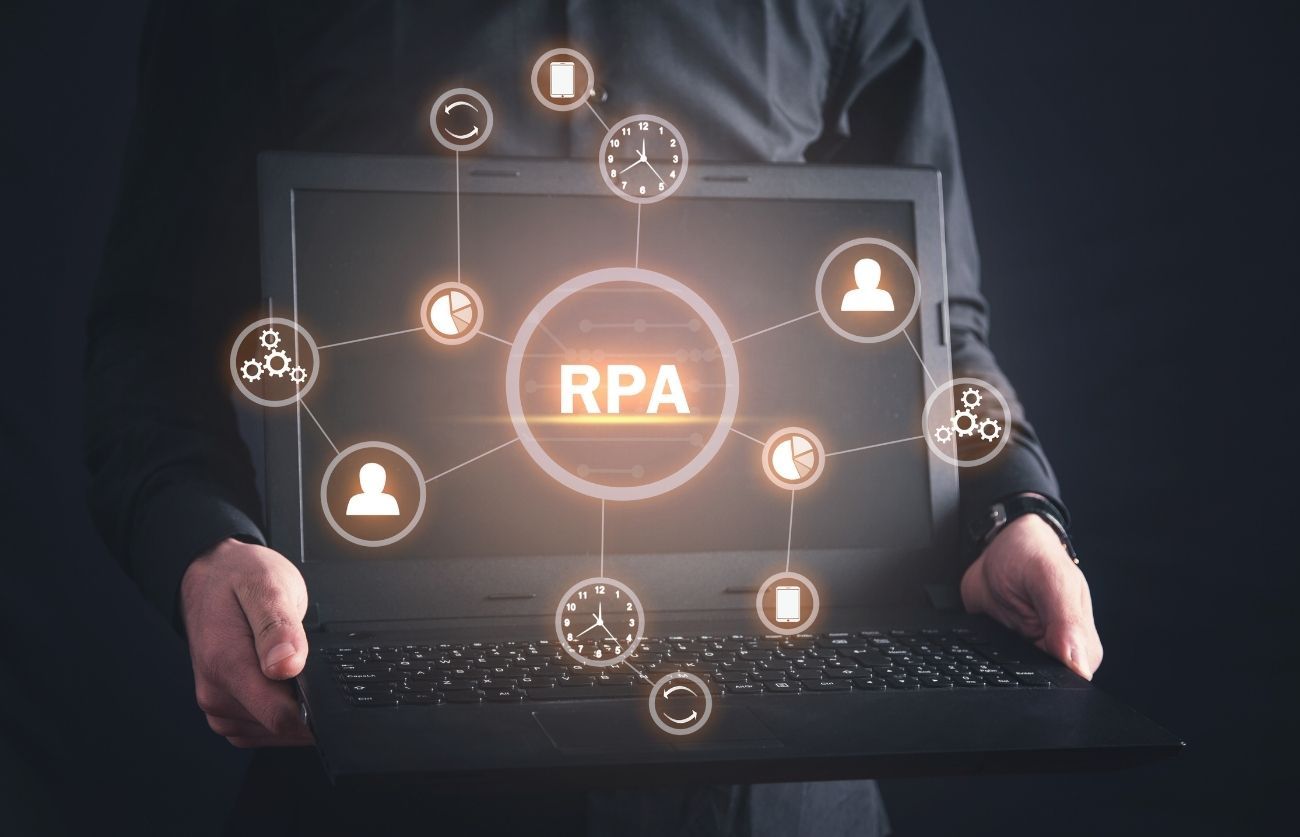Top 7 RPA Use Cases and Examples in Banking

According to a McKinsey survey, about 60% of occupations have at least 30% of their activities that are automatable using RPA. RPA technology, or Robotic Process Automation, lets you feed a machine with instructions about how to execute mundane, repetitive tasks that are rule-based and trigger-driven. The 'robot' here is software robots or bots.
One such use of RPA Technology can be seen in Niyogin AI's SuperScan. It can enhance your scanned documents digitally and make them legible once again.
How does RPA work?
Robotic Process Automation gets access to task information by integrating with your applications, which automation RPA can do either by establishing connections to database and enterprise web services in the backend or through a desktop connection in the front end.
Automation RPA runs on a set of workflow tasks. It uses the set as a reference to guide the software bots on what to do at each stage. Once this workflow is programmed into RPA, it can automatically run the program multiple times as per the requirement.
RPA in banking
The banking industry was one of the first to adopt the RPA technology and is also one of its pioneers. Automation RPA has benefited the industry in many key areas.
- It reduces manual efforts by taking on some of the most tedious but pressing tasks.
- The banking industry has to comply with many rules and regulations. Keeping track of all these can be difficult for a human brain, but not for automated software. Thus automation RPA offers better compliance.
- Robotic process automation takes less time to execute tasks, thus increasing the efficiency of banks and ultimately providing a better consumer experience.
- It also brings a sharp reduction in the error rate.
- It saves bank costs incurred on some mandatory but repetitive and mundane tasks.
RPA Use Cases
Let's look at some areas where banks are replacing manual effort with automation RPA, thus getting a better view of RPA in banking.
1. Customer onboarding
RPA technology can quickly match the data provided by the customers and data in their KYC documents using its Optical Character Recognition technique. It makes the long process of customer onboarding a matter of minutes.
2. Know your customer
Robotic process automation is widely used in KYC generation and filing as the process involves a large amount of data.
3. Fraud detection
Digital transactions have made the task even more difficult for banks because it is almost impossible to keep track of all the transactions in real-time manually. But RPA can do it. In some cases, it can even prevent such activities by stopping transactions or blocking accounts.
4. Loan processing
RPA has made loan processing data-driven, easier and faster by taking up loan initiation, document processing, financial comparisons, and other tasks.
5. Customer service
Banks receive multiple queries every day, and responding to each of them with a low turnaround time is nearly impossible with manual efforts. However, RPA technology can respond to customers' queries in real-time, keeping turnaround time the lowest.
6. Accounts payable
RPA in banking can complete this monotonous, lengthy task within seconds. Using its OCR technique, it validates vendors' data in physical form from the available information in the system and processes payment if there is no error or informs the executive otherwise.
7. Credit card processing
Automation RPA can reduce the time taken for credit card processing from weeks to a few hours. It can interact with multiple systems at once to conduct a background check, document verification, and credit check and make decisions accordingly.
Bottom line
RPA technology is still growing and has much scope to work on. By adding Visual AI automation to RPA, banks and financial companies can bring about a huge transformation by enhancing productivity, reducing the error rate, and providing impressive turnaround time ultimately leading to a great customer experience.
Request a demo of SuperScan AI and learn how it can empower your RPA with Visual AI
Also read - Digital Transformation in an AI-First World